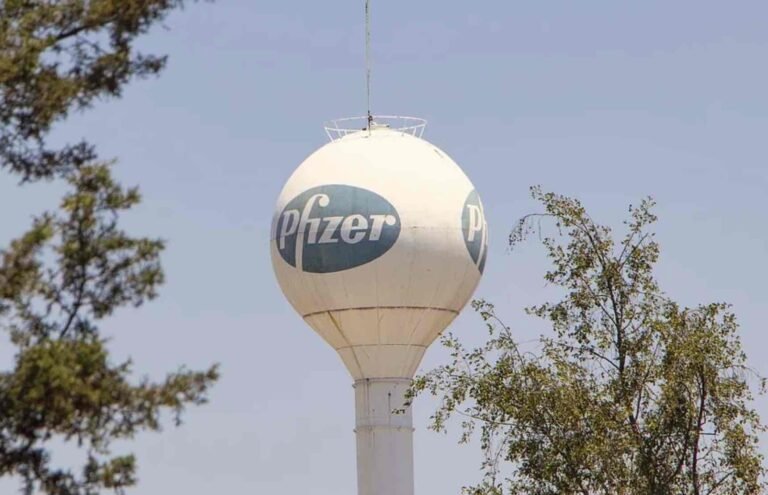Creating an entirely new building for a growing company can be both expensive and time-consuming, and many companies are looking into having a virtual component to get more value for the cost.
Now, with the help of virtual reality (VR) technologies, Pfizer is creating a $450 million sterile injectables factory, with a “virtual factory” component that will harness digital twin technology to optimize the supply chain as well as train employees in a more efficient way.
Background: What is Digital Twin Technology?
Like human twins, a digital twin is an exact replica of a physical object or location, except it is entirely virtual. A virtual factory floor, for example, allows a company to follow the entire supply chain process, in order to find ways to optimize it and cut costs. This is all done virtually, which slashes costs significantly.
Digital twin technology can also be used to model new machines or robots, allowing engineers to find weaknesses in the design or movement and fix them before creating the actual end product. Now, Pfizer hopes to use the virtual twin concept to optimize its production, as well as train employees.
Analysis: The New Pfizer Building
Pfizer is building the $450 million Modular Aseptic Processing (MAP) factory on the company’s campus in Kalamazoo County, Michigan. At around 420,000 square feet, the giant factory will focus on making sterile injectables. To do this, various factory floors are dedicated to sterilizing equipment, while also using robotics to automate certain processes.
Pfizer predicts that its building will create 450 new jobs, and not all workers will be required to be on-site. Thanks to MAP’s digital twin, factory workers can learn how to do their jobs without even stepping inside the building. Using VR headsets, employees can tour the new building and learn new tasks even before the MAP is built. According to Pfizer’s Kalamazoo lead David Breen, this process is “similar to a surgeon practicing for a complex virtual procedure.”
“Trainers can now observe how the trainees are executing their tasks in the virtual environment and provide feedback on their performance,” Breen added. Because much of the MAP’s building and machines will be designed using 3D models, these models are easy to move into VR software for employee training. Having the employees properly trained early on is essential to boost Pfizer’s efficiency, as producing sterile injectables is a long and complicated process. This digital twin technology will hopefully give the company the advantage it wants.
Outlook: A Bigger Trend
Pfizer is just one of many companies leveraging this digital twin technology. Other companies, like Siemens, are using the technology to optimize output and make maintenance easier. However, as Pfizer’s most recent efforts show, digital twins are now being showcased in the healthcare industry, and in other industries like urban planning, showcasing the many applications for this powerful new virtual tool for businesses in the 21st century.
Kenna Hughes-Castleberry is a staff writer at the Debrief and the Science Communicator at JILA (a partnership between the University of Colorado Boulder and NIST). Her writing beats include deep tech, the metaverse, and quantum technology. You can find more of her work at her website: https://kennacastleberry.com/

